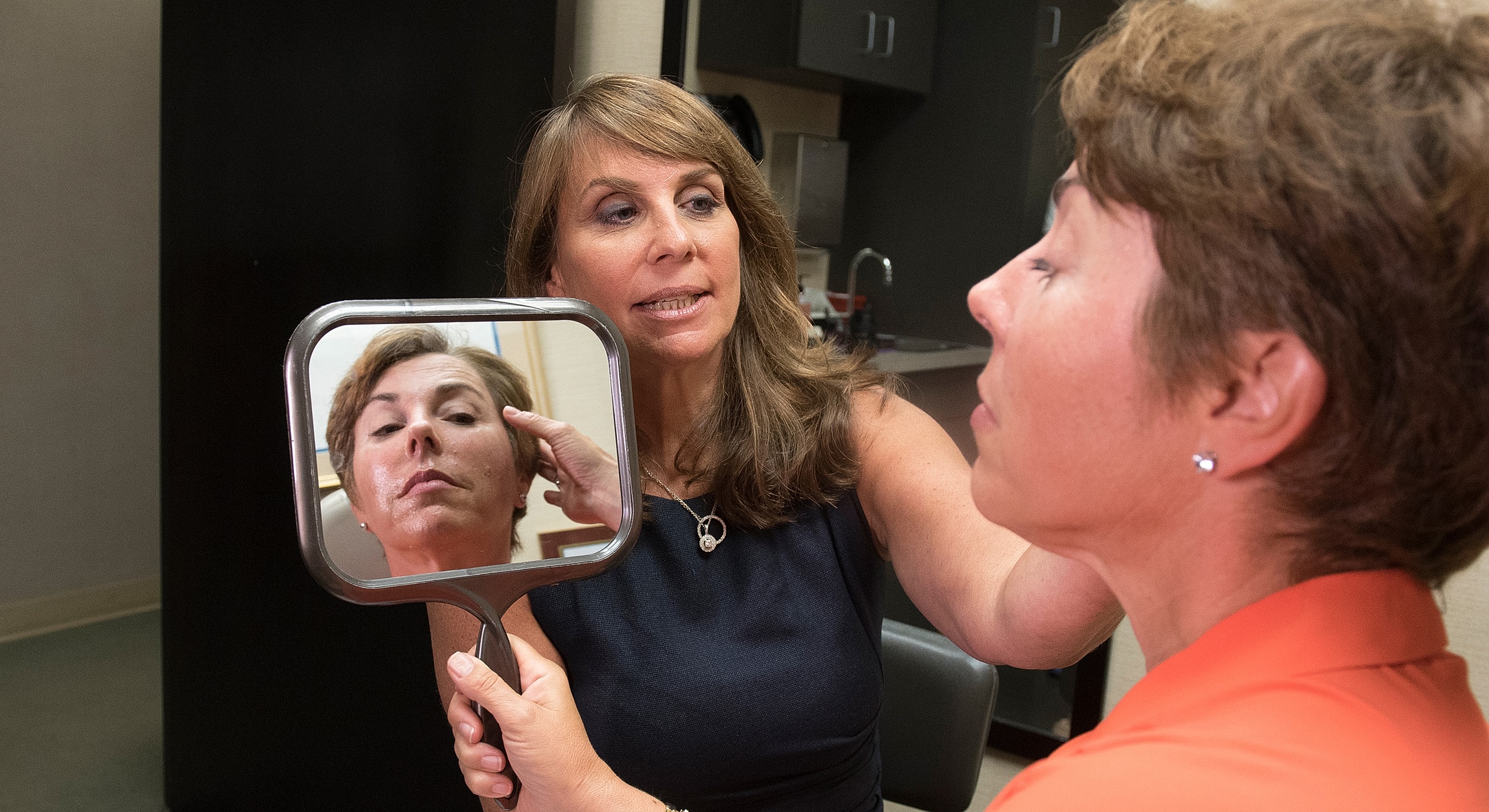

With uncertain economic times and limited employment options, many struggle in the workplace to protect and optimize their job security. One approach is to present the best possible face one can, projecting an image of energy, enthusiasm, fitness and health. Physical characteristics subconsciously translate into perception of abilities. Some say perception is reality, and while this is debatable, perception can certainly impact reality.
“It hurts to be beautiful” has been a cliche for centuries. What has been far less appreciated is how much it hurts not to be beautiful. Look at the story of Randy Adams, 60, who was looking for a chief-executive officer job in Silicon Valley. He continually got turned down after each job interview he thought he nailed, only to see younger, less-experienced men win out. Before heading into his next interview, he shaved off his gray hair and traded in his loafers for a pair of Converse sneakers. The board hired him. Adams supplemented his makeover by trading in his button-down shirts for T-shirts, making sure he acquired the latest gadgets, and underwent an eyelid lift. Such are the pressures in Silicon Valley, where the startup spirit rewards fresh ideas and young programmers. Chief executives in their 20s, symbolized by Facebook founder Mark Zuckerberg, are feted, in part because of their youth. Many investors state that they prefer to see people under 40 in charge.
The positive impact of appearance on perception is evidence-based. Psychological literature, including studies investigating societal reactions to babies, school children, and adults confirms this. This also holds true in the workplace. More attractive workers earn higher incomes, on average $250,000 more during their careers than their less attractive counterparts. Men’s looks matter more than women’s for salary levels. Law and Politics place more emphasis on physical beauty than other fields. Multiple studies show that obese people earn less, and this is especially pronounced among women. Height boosts earnings, particularly among men. “Age-ism” is a real issue: The American Disabilities Act focuses on issues related to age discrimination for a reason.
A dedicated exercise program is an important route to success in the workplace. Attitudes, social norms, and technological advances are also turning plastic surgery into a tool for career advancement, just like clothes or education. Plastic surgery done well can result in a rejuvenated appearance that is refreshed. Cosmetic procedures range from minimally invasive to surgical. The number of individuals pursuing minimally invasive and surgical cosmetic treatments is growing, as evidenced by annual statistics on cosmetic procedures provided by the American Society of Plastic Surgery (ASPS) and the American Society of Aesthetic Plastic Surgeons (ASAPS).
Minimally invasive facial procedures can be performed in an outpatient clinic visit, and despite the relatively small investment in time and money, can result in surprisingly remarkable results. Minimally invasive treatments include skin care, peels, laser treatments, and injectibles. Injectible treatments providing facial rejuvenation include neurotoxins which reduce muscle action, decreasing fine lines and wrinkles, particularly around the eyes and forehead; and fillers, which add volume to the face to more closely approximate a youthful look. Use of injectible products applies across both genders and a broad age range. The effect of these products may wear off within 6 months to a year, and individuals may choose to return for further treatment to regain the effects.
While there are excellent minimally invasive options, surgical treatment provides “one-stop shopping,” and long term, impactful improvement. Blepharoplasty, plastic surgery of the eyelids, can reduce excess skin puffiness and dark circles around the eye. Face and neck lift support and tighten laxity, and paired with fat grafting, achieve add volume that is lost with age. Augmenting a nonprojected chin or thinning and smoothing a disproportionate nose results in changed perceptions of individual characteristics. While surgical recovery may take up to several weeks and initial financial outlay may be greater, there should not be a need for multiple visits over a long period of time.
Anyone seeking rejuvenation requires an individualized treatment plan which should be designed with a medical provider board-certified by a board recognized by the American Board of Medical Specialties (ABMS). Risks and benefits should be discussed in full. Safety is the number one priority. Not everyone is a good candidate, which is why an appointment with a board-certified physician is very important. People come to the United States from all over the world to seek the best possible medical care. Unfortunately there is a growing trend of people leaving the United States for cheaper medical care, known as medical tourism. Wooed by the concept of a vacation paired with surgery, the public should be wary of the lack of governmental regulation and long term follow-up afforded by international care.
Our cultural preoccupation with attractiveness, the costs it imposes, and the responses it demands make physical exercise and plastic surgery worth considering in a competitive work environment.
Michele A. Shermak, M.D., FACS, is a board certified plastic surgeon who is a member of the American Society of Plastic Surgery (ASPS) and American Society of Aesthetic Plastic Surgeons (ASAPS), and practices in Lutherville, Maryland. She is affiliated with the Johns Hopkins School of Medicine. She may be reached in her office at (410) 616-3000.
Back to Blog